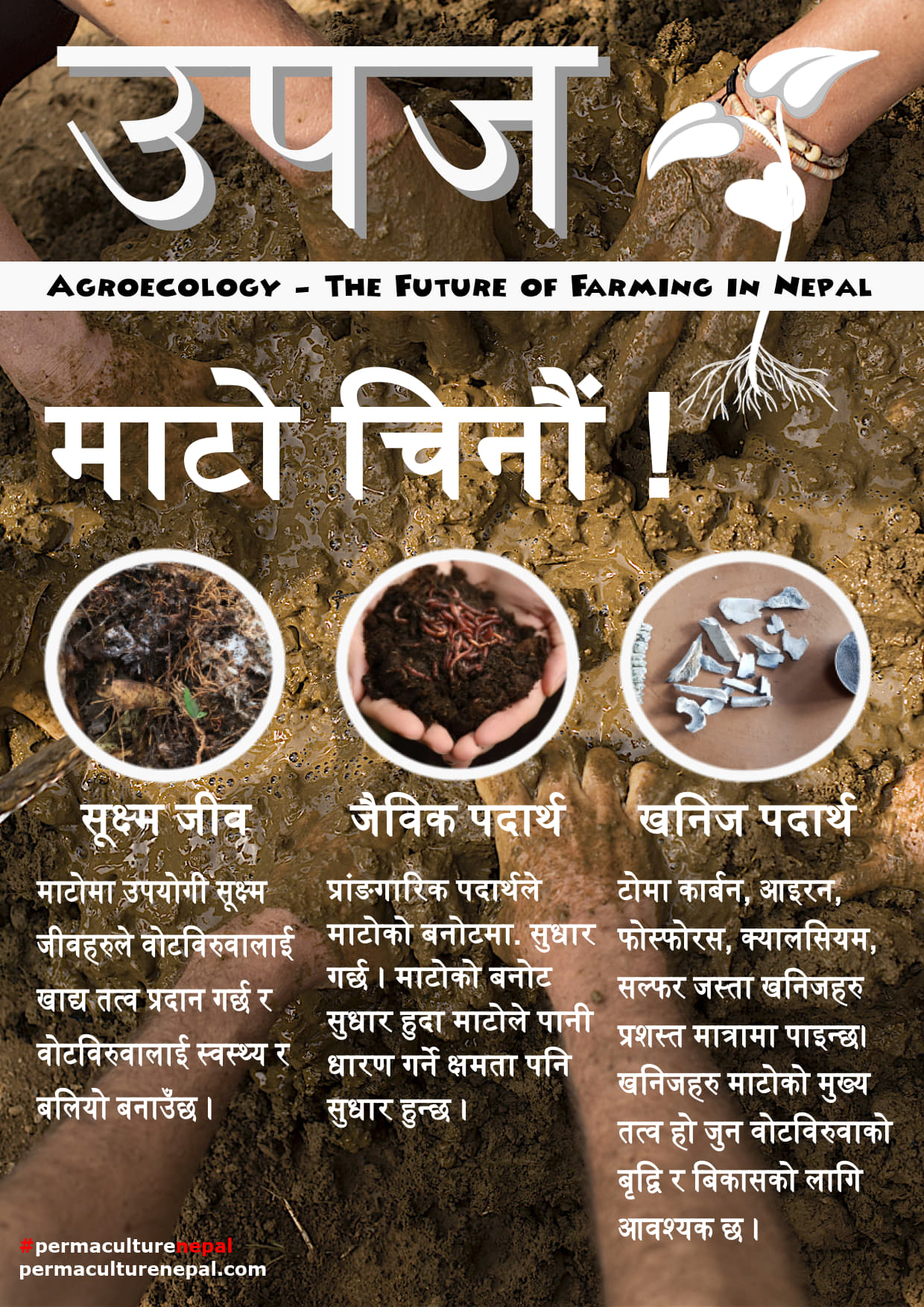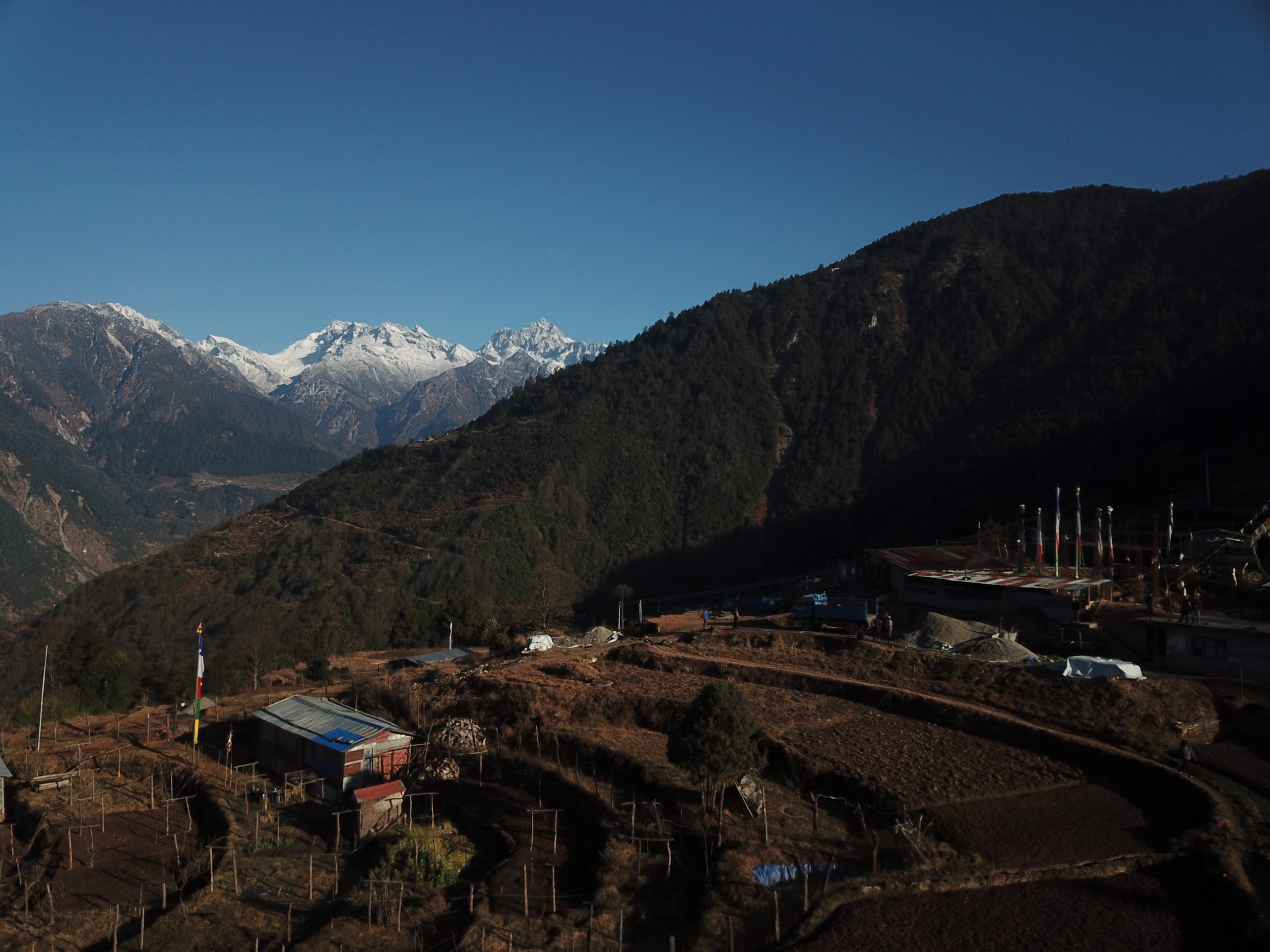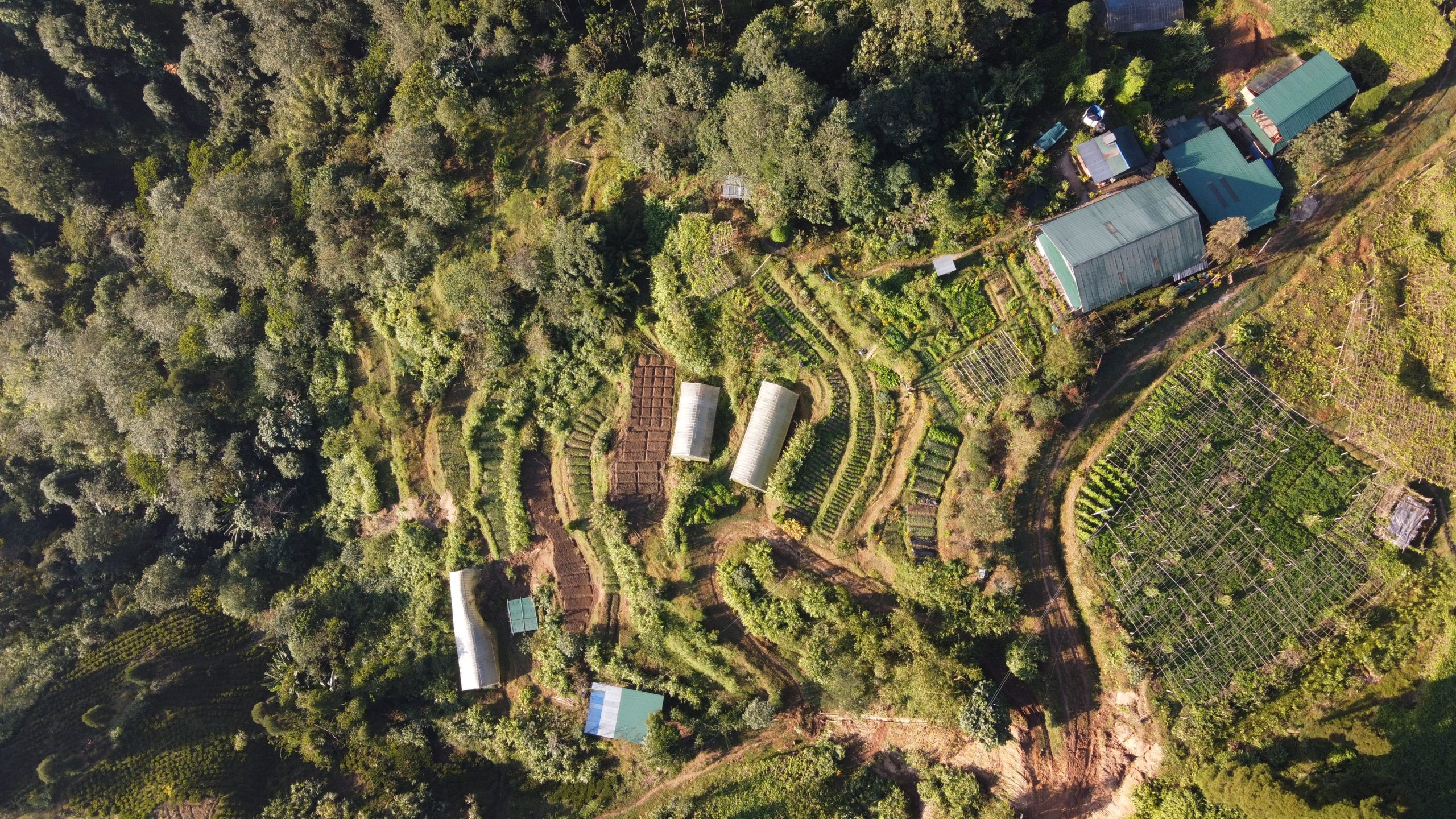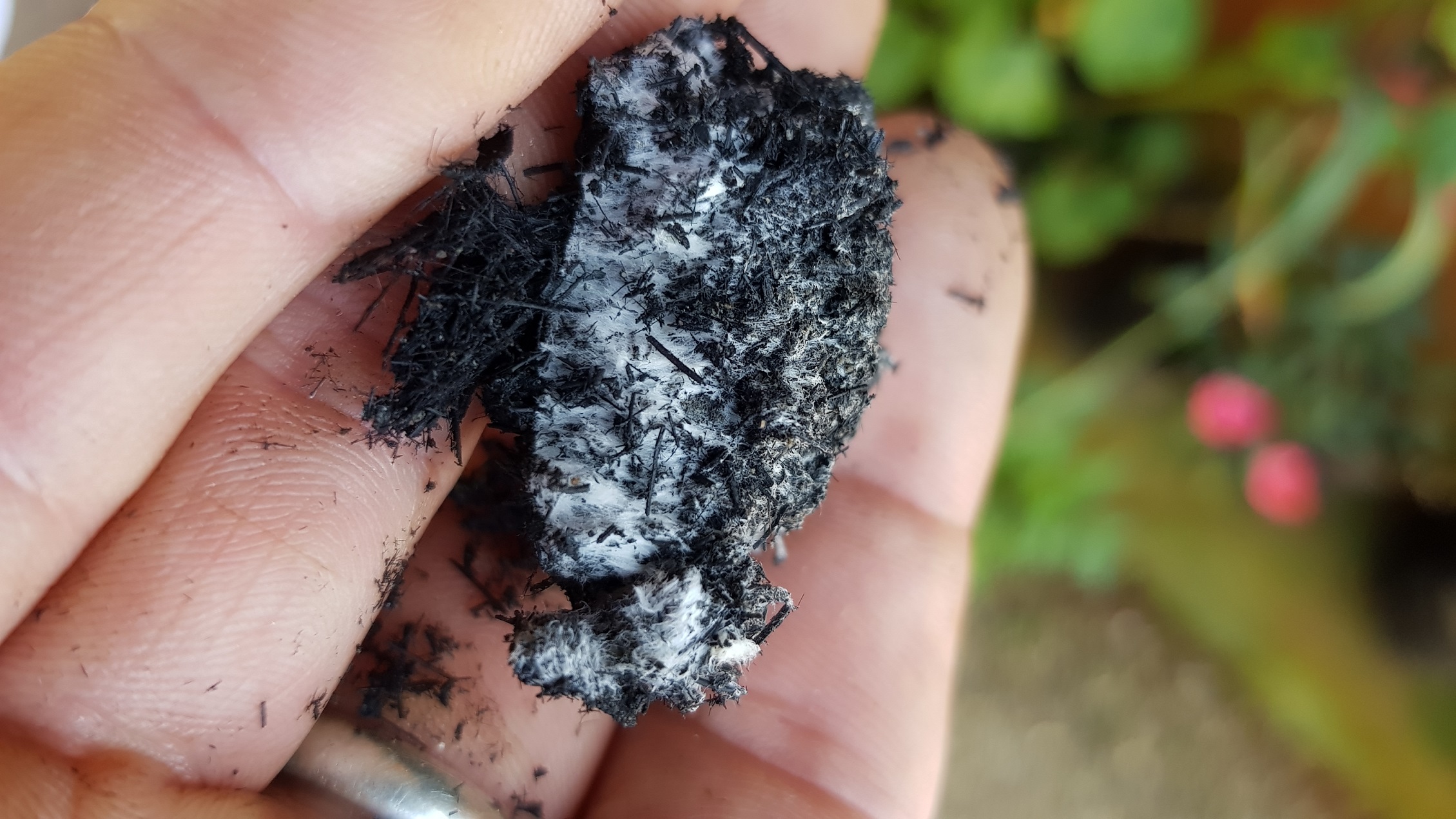Food Resilience through Agroecology
Nepal
Dedicated to developing the required knowledge, skills, resources and technologies needed to scale up agroecology across the Himalayan bioregion
Lead organization
- Himalaya Agroecology Research and Development (HARD) is a company founded in 2022 by a dedicated team of ecological, social and agricultural educators, practitioners and entrepreneurs to bring the principles of ecology back to life in the area’s communities and landscapes. Alisha Magar founded HARD as she wants to expand on her experience in rural community development. With a vision of empowered women leading development across eastern Nepal, she connects this region’s rich food culture with agroecology and women’s entrepreneurship. HARD has five main programs: research, biofertiliser development, women-led microenterprises, education, and raising awareness (see video).
- Almost Heaven Farms is a permaculture research and development social enterprise based in eastern Nepal. It is led by Zachary Barton, who researches, demonstrates and trains local farmers and international visitors in permaculture design, soil health and ecological restoration (see video).
Country
Koshi Province in Nepal
Timeline
September 2022 to August 2025 (3 years). This project is a continuation of their work over the last 20 years.
Funding
The total cost of the project is one million USD over three years. The project is funded via the Kamala Foundation.
Mission
To develop the highest quality biological resources, appropriate growing systems, educational materials and women-led micro-enterprise models appropriate for farming communities in our bioregion.
Context
Koshi Province is on the easternmost side of Nepal. It includes a diversity of geographical and climatic zones from the plains of the Indian subcontinent at 200 metres elevation, to the highest point on earth, Mount Everest at 8,800 metres. The project is being implemented in 7 out of 14 districts in the province, which includes some of the most remote communities in Nepal.
Main beneficiaries
Farmers, women running a small business as well as local governments and community.
Strategy
They put food at the center of the movement, and then connect all fields of agroecology to it. The vision is to work across the whole food supply chain to address food resiliency for the communities living in this area.
Objectives
- Build ecologically resilient communities connected by resilient food systems across the Himalayan bioregion.
- Work across the whole food supply chain to address food resiliency for the communities living in the Himalayan bioregion.
- Develop the highest quality biological resources, appropriate growing systems, educational materials and women-led micro-enterprise models appropriate for farming communities in the Himalayan bioregion.
Activities
Featured principles and elements:
Recycling, input reduction, soil health and biodiversity, economic diversification, fairness and connectivity, and co-creation of knowledge
- Design a 6-year research project on agroecological systems focusing on soil health, nutrient cycles, crop rotation and crop diversification.
- Implement on-farm research trials on a diversity of cash crops. On-farm research trials at seven locations across the province to test both biofertilisers and agroecological growing systems on a diversity of cash crops at a diversity of altitudes. The research will measure effects on soil health, crop production, pest and disease pressure, and nutrient density, as well as cost analysis to ascertain what is most appropriate and effective in the local context.
- Demonstrate agroecological growing systems: Research plots will also double as demonstration sites for farmers and other stakeholders to visit.
- Disseminate the results among stakeholders, business communities and government bodies who are developing policies and budgets for agriculture.
- Develop a network of strategic partners to address the resilience of other parts of food systems/supply chains such as transportation logistics, market development, etc.
- Set up off-grid biofertiliser factories that do not require petrol, gas or electricity inputs. These factories use local organic materials, plants and microbiology to produce foliar sprays, biochar and other high quality soil amendments. These will produce enough biofertiliser to support/supply 18,000 farmers. Demand for biofertilisers is expected to increase, as governments and farmers alike have reported issues with synthetic fertilisers and declining soil quality in recent years.
- Encourage municipal governments to allocate budgets to support the development of biofertiliser factories and other agroecology-related projects in their respective areas. This has been extremely successful and has doubled the funds going into the food resilience project
- Develop women-led microenterprises for value-added food production. Train women in financial literacy (basic accounting and financial analysis), marketing/sales and food production techniques and support them with start-up grants (50% matching) in order to take ecologically grown crops and transform them into nutrient–dense food products for local markets. Value-added food products include packaged products like jam, chutney, dried and fermented food, flours and spices, as well as cooked food to be sold in local restaurants and hotels.
- Educate the general public and increase awareness of agroecology through the production and distribution of 2000 posters on 12 agroecology topics, 2000 agroecology farmer’s handbooks in Nepali language, and 48 social media videos posted across a diversity of platforms.


Monitoring and Evaluation Methods
A complex Monitoring, Evaluation and Learning (MEL) protocol is used to collect, process and share data/information within the organisation and with strategic partnerships. The MEL protocol includes:
- Soil health indicators
- Water usage
- Pest/disease pressure
- Production (quantity)
- Brix levels (quality)
- Cost/benefit analysis
Data on farmers, farmer groups, value-added food producers and other strategic partners is also collected, processed and communicated. This includes:
- Quantity of food grown using agroecological methods
- Quantity of food grown using agroecological methods sold on local markets
- Quantity of food grown using agroecological methods sold F2B (directly farmer to business)
- Profit generated by farmers
- Amount of value-added food products
- Quantity of value-added food products sold on local markets
- Quantity of value-added food products sold F2B (directly farmer to business)
- Profit generated by micro-enterprises
- Amount of funding invested in agroecology by strategic partners
Outcomes and Lessons Learned
Outcomes
- 9 research plots established
- 9 research partners trained
- Information collected on 42 major cash crops
- Information collected on 15 biofertilisers
- Information collected on 10 cultural management practices
- 16,000 demonstrations given at research plots
- 22 agroecology policies developed
- USD 45,000 of budget allocated by government through policies
- USD 45,000 of budget allocated by other stakeholders
- 250 members of Agroecology Nepal Network
- 10 media highlights on research/findings
- 10% of farmers have heard of agroecology
- 14 functioning biofertiliser production units
- 15 biofertilisers produced
- 270,000 units of biofertiliser produced
- 18,000 farmers using biofertilisers
- 19,800,000kg of organic produce grown
- USD 6,630,041 in organic produce sales
- Incidence of pest and disease on crops decreases 50% compared to average
- 40% reduction of input costs for farmers
- Nutrient density of produce doubles
- 170 women-led micro enterprises established
- 340 jobs created
- 160 food products produced
- 375,000kg of value-added food produced
- Women produce 81,600kg of value-added food products per year
- Women generate income of USD 1,138,489.
- 1 million views, 5,000 comments, 50,000 likes and 50,000 shares on social media
Lessons Learned
- Demand for biofertiliser products needs to come from farmers themselves. Many municipal governments have invested in producing biofertilisers and subsidising the cost for farmers but have not done enough to help educate farmers, raise awareness of biofertilisers as an alternative, or even halt subsidies or promotion of chemical fertilisers. Education and awareness are key to driving demand, and will ultimately lead to the overall transition to agroecological practices and biofertiliser use.
- It was challenging to create value-added food products and get them to market. The industry is already over-developed and extremely competitive in general. “Green washing” and “health washing” rhetoric from synthetic fertiliser companies makes it hard to convince consumers that our products are better for their health and for the environment.
Limiting Factors
- Unstable, constantly changing governments, as well as more general political hindrances
- Cheap, processed foods flooding the market from abroad
- Lack of proper regulation with regard to the biofertiliser industry
- Unrealistic expectations in different rural communities created by decades of poor international development practices by NGOs and INGOs

Contact
Alisha Madhavi Magar, Himalaya Agroecology Research and Development, alishamagar02@gmail.com
Zachary Barton, Almost Heaven Farms, zachary.barton@gmail.com
Picture credits: Himalaya Agroecology


